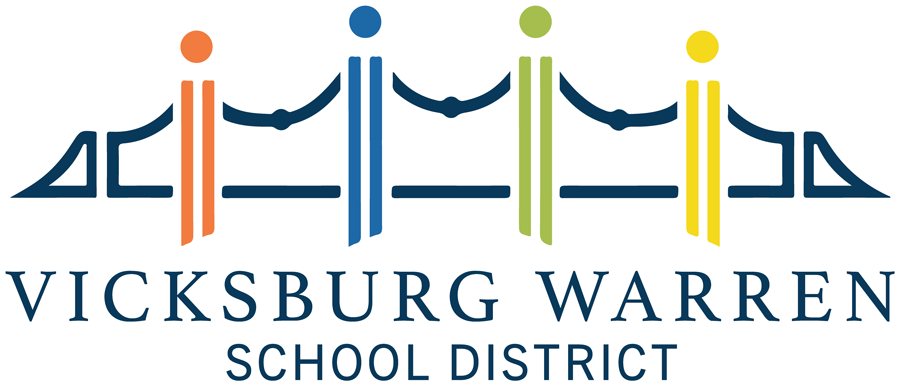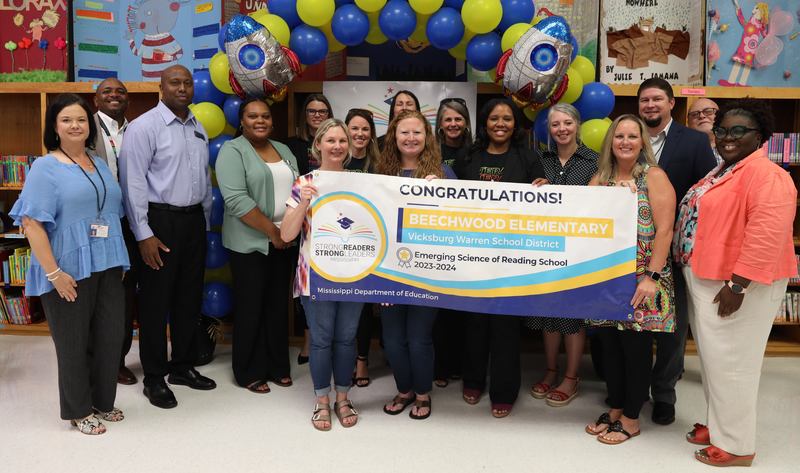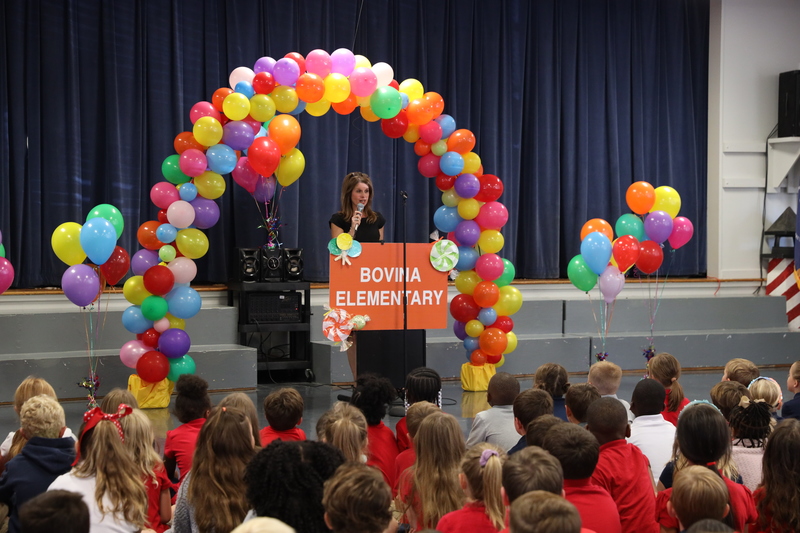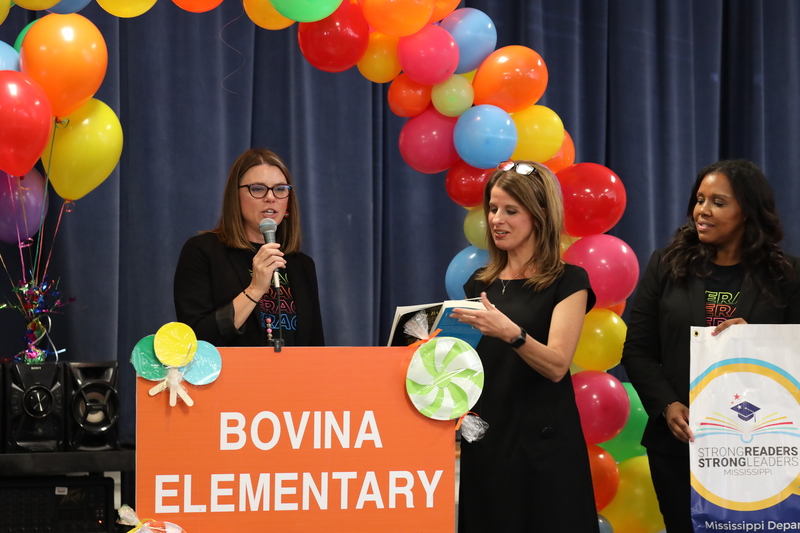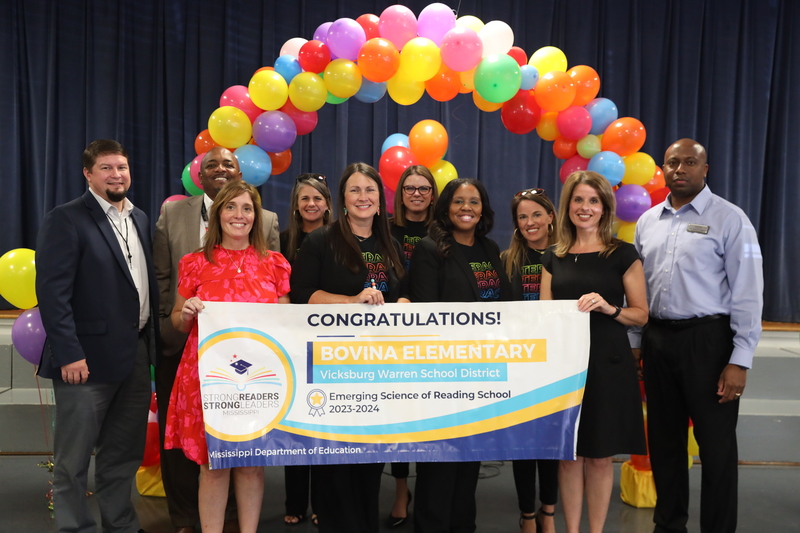The Mississippi Department of Education (MDE) has designated 11 elementary schools as Mississippi Emerging Science of Reading Schools (SOR) for the 2023-24 school year.
This recognition is for schools that have trained teachers in the science of reading, exemplified a change of instructional practices, and embodied a school culture that focuses on building skillful, strong readers in kindergarten through third grade.
All Mississippi K-5 schools are invited annually in the spring to apply for the science of reading recognition. Seven elementary schools received the designation in 2021-22, and seven received the designation in 2022-23. Schools must reapply to retain the designation.
Vicksburg Warren School District had eight elementary schools apply for the SOR designation. All eight schools did an amazing job during the year and were within a few points of reaching the points required for designation from their application. Two schools exceeded the requirement for SOR designation.
Beechwood Elementary and Bovina Elementary.

Bovina Elementary students and staff pose for a photo with MDE representatives. (Photo: Inesha Jackson)
Beechwood students and staff pose for a photo after being named an Emerging Science of Reading School. (Photo: Inesha Jackson)
Science of Reading (SoR)?
The Science of Reading refers to the research that reading experts, especially cognitive and linguistic scientists, have conducted on how we learn to read. This body of knowledge reveals what happens in the brain during reading and what needs to take place instructionally to enable skillful reading.
Structured Literacy?
Structured Literacy is representative of reading instruction that applies the Science of Reading to classroom practice. Structured Literacy teaches all the components that evidence has found to be foremost in ensuring reading success. Structured Literacy is not just about phonics; it includes much, much more. The Simple View of Reading (Gough and Tummer, 1986) and Scarborough’s Rope Model (Scarborough, 2001) serve as frameworks for understanding and identifying Structured Literacy.
MDE representatives speak with Beechwood Elementary teachers and Penny Bethany, VWSD's K-3 Literacy Coach and Dyslexia Coordinator. (Photo: Inesha Jackson)
What is The Science of Reading?
It is a comprehensive body of research that encompasses 50+ years of scientific knowledge, spans across many languages, and shares the contributions of experts from relevant disciplines such as education, special education, literacy, psychology, neurology, and more.
This research provides us with the information we need to gain a deeper understanding of how we learn to read, what skills are involved, how they work together, and which parts of the brain are responsible for reading development. From this research, we can identify an evidence-based best practice approach for teaching foundational literacy skills called Structured Literacy.
Characteristics of the instructional approach include explicit, systematic, direct, sequential, structured, and multi-modal methods for teaching reading. https://journal.imse.com/what-...
**This is a broad definition and in no way conclusive. For more information see the Reading League. http://www.thereadingleague.org/what-is-the-science-of-reading
Looking at the graphic below, the Science of Reading is the body of research, supported by a formula - The Simple View of Reading, taught by the components of Scarborough’s Reading Rope, with a Structured Literacy Methodology.
The Simple View of Reading Formula: Word Recognition x Language Comprehension = Reading Comprehension
Scarborough’s Reading Rope Components: Phonological Awareness, Decoding and Encoding, Sight Words, Background Knowledge, Vocabulary Knowledge, Language Structures, Verbal Reasoning, Literacy Knowledge.
Structured Literacy: Structured Literacy supports explicit, sequential, systematic, prescriptive, diagnostic, and cumulative instruction. Through Structured Literacy, teachers implement appropriate methods for all students and particularly necessary for students with learning differences. Orton-Gillingham is an evidence-based Structured Literacy approach that uses research from the Science of Reading and incorporates recommended multi-sensory instructional techniques.
Students should be provided with repeated opportunities to decode text with ample representations of the phonetic elements for code emphasis. Students become skilled in spelling words within and outside of text through regular dictation of words and sentences containing phonetic concepts.
Comprehension is the ultimate goal for reading, driven by two broad skill sets identified in the Simple View of Reading as word recognition and language comprehension. The Science of Reading identifies five essential components of the Simple View of Reading: phonemic awareness, phonics, fluency, vocabulary, and comprehension. Structured Literacy incorporates all five



